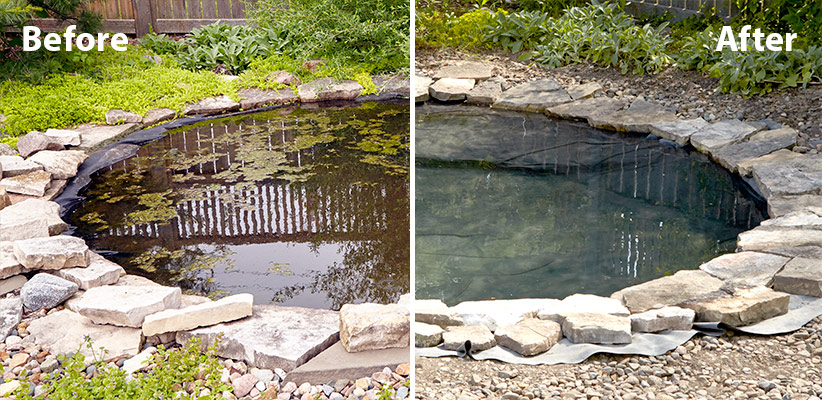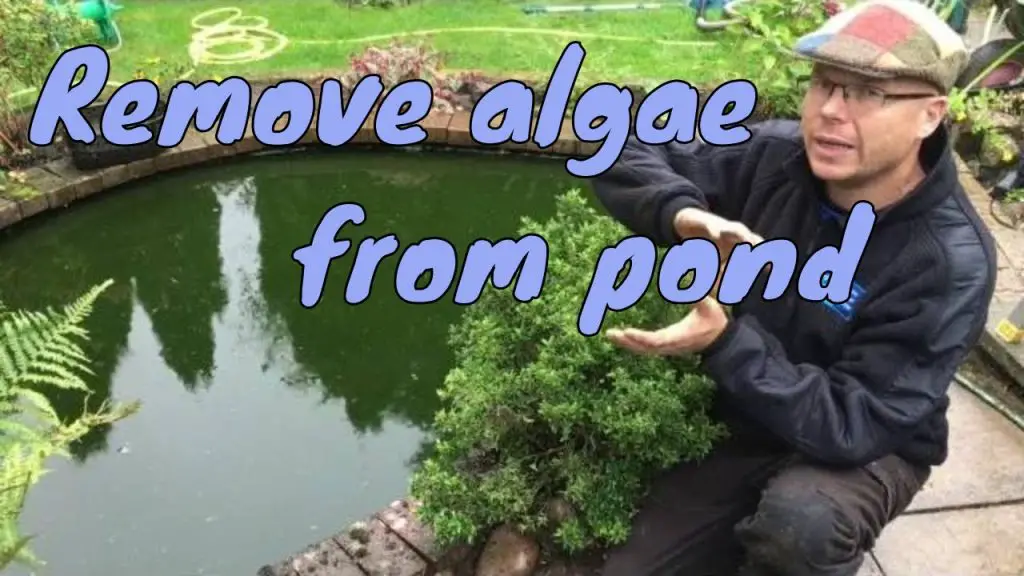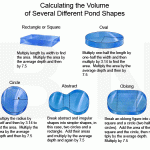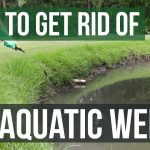Algae can be a common nuisance in ponds, causing water discoloration and potentially harming aquatic life. Cleaning a pond with algae requires a systematic approach to ensure the health and beauty of your pond ecosystem. In this guide, we will explore effective methods to clean a pond with algae and restore its natural balance.
Identifying Algae in Your Pond
Before diving into the cleaning process, it is essential to identify the type of algae present in your pond. There are three main types of algae that commonly affect ponds: planktonic algae, filamentous algae, and chara algae. Understanding the specific type of algae will help you choose the most appropriate cleaning method.
Planktonic Algae
Planktonic algae are microscopic algae that give the water a green or brownish color. These algae form a greenish cloud in the water and can cause the pond to appear murky.
Filamentous Algae
Filamentous algae are stringy algae that grow in mats or strands on the surface of the water or along the edges of the pond. They can quickly cover the pond’s surface and inhibit the growth of other aquatic plants.
Chara Algae
Chara algae, also known as muskgrass, are multicellular algae that resemble submerged plants. They have a musky odor and a gritty texture and can form dense mats on the pond bottom.
Effective Methods to Clean a Pond With Algae
Once you have identified the type of algae in your pond, you can choose the appropriate method to clean and control its growth. Here are some effective methods to clean a pond with algae:
Manual Removal
For filamentous algae and chara algae, manual removal can be an effective method. Use a pond rake or a long-handled tool to physically remove the algae from the water’s surface or the pond bottom. Be sure to remove as much algae as possible to prevent regrowth.
Algaecides
Algaecides are chemical treatments that can be used to control algae growth in ponds. When using algaecides, it is essential to follow the manufacturer’s instructions carefully to avoid harming fish or other aquatic life in the pond. Select an algaecide that targets the specific type of algae present in your pond.
Beneficial Bacteria
Introducing beneficial bacteria into your pond can help control algae growth by competing for nutrients that algae need to thrive. Beneficial bacteria can help break down organic matter and reduce nutrient levels in the water, creating a healthier environment for aquatic life.
Aeration
Aeration is another effective method to clean a pond with algae. By increasing oxygen levels in the water, aeration promotes the growth of beneficial bacteria and helps prevent algae blooms. Consider installing a fountain, waterfall, or aerator to improve water circulation and oxygenation in your pond.
Shading
Shading the pond can help reduce algae growth by limiting the amount of sunlight reaching the water’s surface. Planting trees or installing shade structures near the pond can create a shaded area that inhibits algae growth and promotes a healthier pond ecosystem.
Regular Maintenance
Preventive measures, such as regular pond maintenance, can help keep algae growth in check. Remove debris, fallen leaves, and excess nutrients from the pond regularly to prevent algae from thriving. Consider adding aquatic plants that compete with algae for nutrients and provide natural filtration.

Credit: www.gardengatemagazine.com
Tips for Maintaining a Healthy Pond
Aside from cleaning algae, maintaining a healthy pond requires ongoing care and attention. Here are some tips to help you keep your pond in top condition:
- Monitor water quality regularly to ensure optimal conditions for fish and plants.
- Keep the pond well-balanced with a mix of aquatic plants, fish, and beneficial bacteria.
- Avoid overfeeding fish, as excess food can contribute to nutrient buildup and algae growth.
- Control runoff from lawns and gardens to prevent excess nutrients from entering the pond.
- Consider installing a filtration system to help keep the water clean and clear.

Credit: www.wikihow.com
Conclusion
Cleaning a pond with algae is a manageable task with the right approach and techniques. By identifying the type of algae present in your pond and implementing effective cleaning methods, you can restore the health and beauty of your pond ecosystem. Remember to maintain regular care and monitoring to prevent algae from returning and ensure a thriving pond environment for years to come.






Pingback: Garden Pond Cleaning Tips: Simple Steps for a Clear Pond - Dope